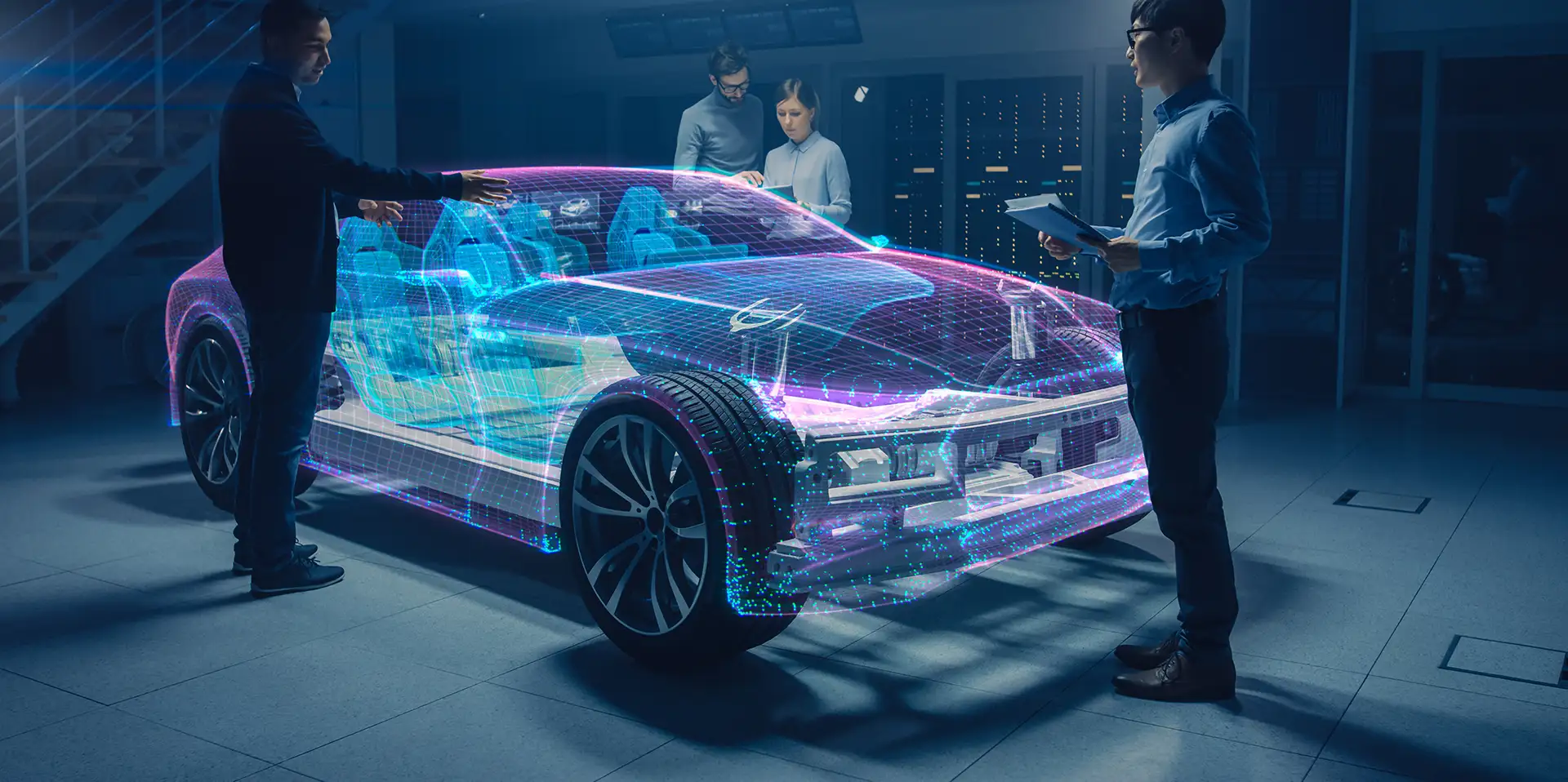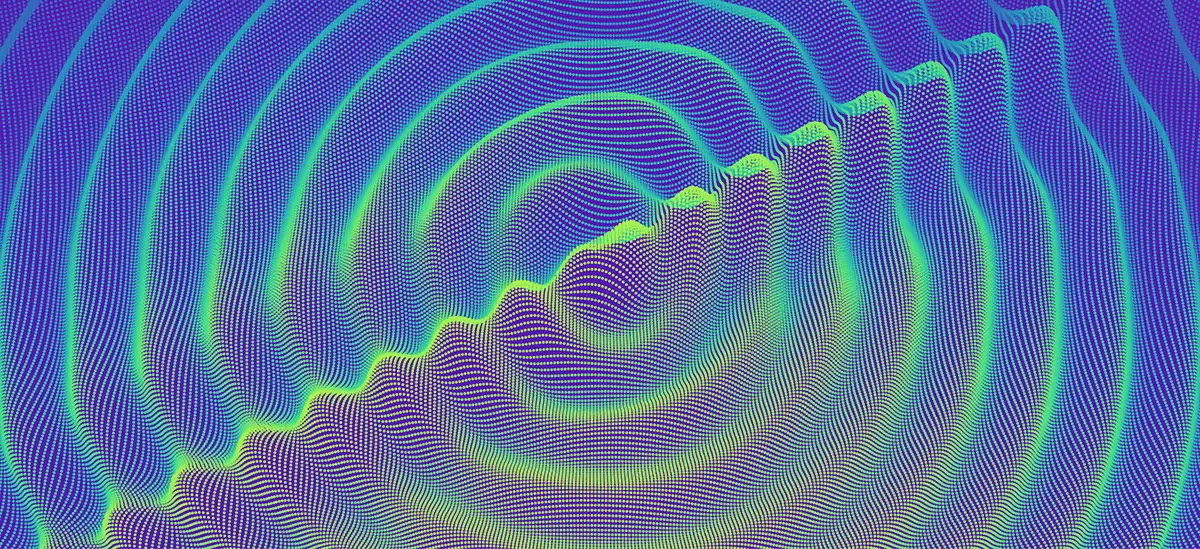Short Introduction
The last survivors who experienced the atrocities of National Socialism first-hand are already old. The joint virtual reality project by UFA GmbH and Fraunhofer Heinrich-Hertz-Institute (HHI) is committed to preserving these voices. As part of the project, interviews were recorded in the volumetric studio of Volucap GmbH, with two Jewish eyewitnesses, Ernst Grube and Eva Umlauf, who is one of the youngest survivors of the Auschwitz-Birkenau concentration camp, where they reported on the experiences in National Socialist Germany and their persecutions. With the technology of the volumetric video, whose basic technology „3D Human Body Reconstruction“ was developed by researchers at Fraunhofer HHI, the memories of the Holocaust survivors are recorded for future generations.
Both interviews can be viewed on the demonstrator using VR glasses. By using the subsequent animation of the volumetrically depicted person, it is also possible for the contemporary eyewitness Eva Umlauf to always look at the user during the experience and make eye contact, as her head is turned towards the user in real time.
Description
With this demonstrator, two eyewitness interviews can be viewed as a virtual reality experience through VR glasses. One is the experience “Ernst Grube – the legacy”, in which you can watch an interview between Holocaust survivor Ernst Grube and a 16-year-old student in virtual space. The second is the experience “Eva Umlauf – her testimony”.
In 2019, UFA GmbH and the HHI’s Vision and Imaging Technologies department came up with the idea for the project. First, Ernst Grube was recorded by 32 cameras in the volumetric studio of Volucap GmbH (in Babelsberg) in 2019. In 2020 a proof of concept was successfully created from the recordings. Finally, in 2022, the complete 50-minute experience was completed. The entire experience encompasses 5 episodes. The sponsor for the completion of the project is Medienboard Berlin-Brandenburg.
Following the success of this first experience, the project was continued in 2021 through the collaboration of the HHI Vision and Imaging Technologies department and Ludwig-Maximilians-Universität. The project is sponsored by the Foundation “Remembrance, Responsibility, Future”. This time, eyewitness Eva Umlauf was recorded in the Volucap-Studio. Thanks to the subsequent animation of Eva Umlauf, it is even possible for her to maintain eye contact depending on the position of the viewer. The experience consists of a total of 6 episodes, 3 of which were presented as a proof-of-concept in 2023.
Use-Case
The VR interviews make it possible to create authentic experiences and access for younger generations by bringing history to life. In this way, the survival of memories can be ensured. The project aims to present the demonstrator and the two interviews publicly, for example in memorial sites, at exhibitions and trade fairs and in schools and other educational institutions. It is also thinkable that the 3D reconstruction technology used will enable digital tours of memorial sites in the future.



